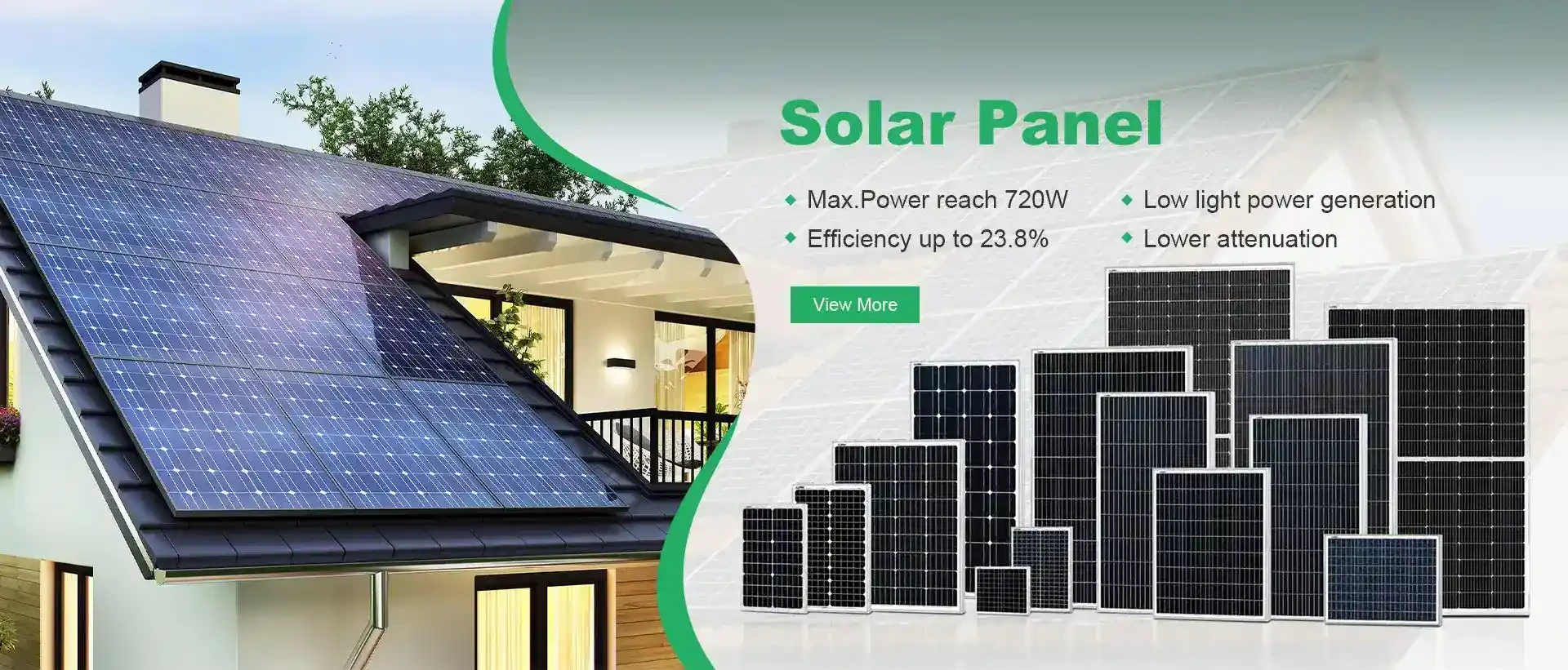Exploring the Advantages of Bifacial Solar Panels for Enhanced Energy Efficiency and Sustainability
The Rise of Solar Bifacial Technology A Step Towards Sustainable Energy
In the pursuit of sustainable energy solutions, solar power has emerged as a leading player in the renewable energy landscape. One of the most exciting advancements in this field is the development of bifacial solar technology, which has revolutionized the way we harness solar energy. Unlike traditional solar panels, bifacial solar modules capture sunlight from both sides, significantly enhancing their efficiency and overall energy output.
Understanding Bifacial Solar Panels
Bifacial solar panels are designed with cells that can absorb sunlight from both the front and rear faces. This capability allows them to utilize reflected light from the ground and surrounding surfaces, effectively increasing the amount of energy they can produce. By leveraging albedo – the measure of how much light that hits a surface is reflected – bifacial panels can achieve higher energy yields, particularly in environments with lighter-colored or reflective surfaces, such as sand, snow, or concrete.
Advantages of Bifacial Solar Technology
One of the most notable advantages of bifacial solar panels is their increased energy production. Studies suggest that bifacial installations can produce anywhere from 10% to 30% more energy compared to traditional monofacial panels, depending on installation conditions and geography. This increase translates to better returns on investment for solar projects, making bifacial technology an enticing option for both residential and commercial applications.
Additionally, bifacial solar panels are often more durable and have a longer lifespan compared to traditional panels. Their robust design typically includes protective glass on both sides, making them more resistant to environmental factors such as hail, wind, and snow accumulation. This durability reduces maintenance costs and enhances the overall reliability of solar energy systems.
Environmental factors also favor bifacial solar technology. Since these panels capture more sunlight, they require fewer installations to generate the same amount of energy, leading to less land use for solar farms. This is particularly important in areas where land is scarce or where there are competing interests for land use, such as agriculture or conservation.
Real-World Applications
solar bifacial

The deployment of bifacial solar panels is growing steadily across various sectors. Solar farms are increasingly utilizing bifacial technology not only for its efficiency but also for its alignment with sustainability goals. Major projects around the world, from the deserts of the Middle East to farmland in the Midwest United States, are reaping the benefits of this innovative technology.
Moreover, bifacial panels are particularly effective when combined with mounting systems that elevate them above the ground, maximizing their exposure to both direct sunlight and reflected rays. This synergy further enhances their efficiency, creating a win-win situation for energy producers and the environment.
Challenges and Considerations
While bifacial solar technology boasts many advantages, challenges remain. The initial cost of bifacial panels can be higher than traditional options, though the improved efficiency often outweighs this concern over time. Additionally, optimal installation practices are crucial to maximizing energy output, meaning that careful planning and site selection are essential.
Furthermore, the effectiveness of bifacial panels is heavily influenced by geographical and environmental conditions. Regions with high albedo surfaces yield the best results, while areas with dense vegetation or dark surfaces may experience diminished performance.
The Future of Bifacial Solar Technology
As the world continues to shift towards renewable energy, bifacial solar technology holds significant promise. Ongoing advancements in materials science and engineering are likely to enhance the efficiency and cost-effectiveness of these panels. With increasing global investment in solar energy infrastructure, bifacial technology is poised to play a pivotal role in meeting the world’s energy needs sustainably.
In conclusion, solar bifacial technology represents a significant step forward in renewable energy solutions. By harnessing sunlight more efficiently, it not only enhances energy production but also promotes environmental sustainability and economic viability. As we look to the future, bifacial solar panels may well become a cornerstone of our global energy strategy.
-
Understanding the Advantages of Solar String Inverters for Your Energy SystemNewsApr.29,2025
-
Choosing the Right PV Inverter: A Comprehensive GuideNewsApr.29,2025
-
The Future of Solar Power: Exploring Bifacial Solar PanelsNewsApr.29,2025
-
The Complete Guide to Solar Panels: Efficiency, Cost, And InstallationNewsApr.29,2025
-
The Best Options for Efficiency and Cost-EffectivenessNewsApr.29,2025
-
Harnessing the Power of Off-Grid Solar Inverters for Energy IndependenceNewsApr.29,2025







